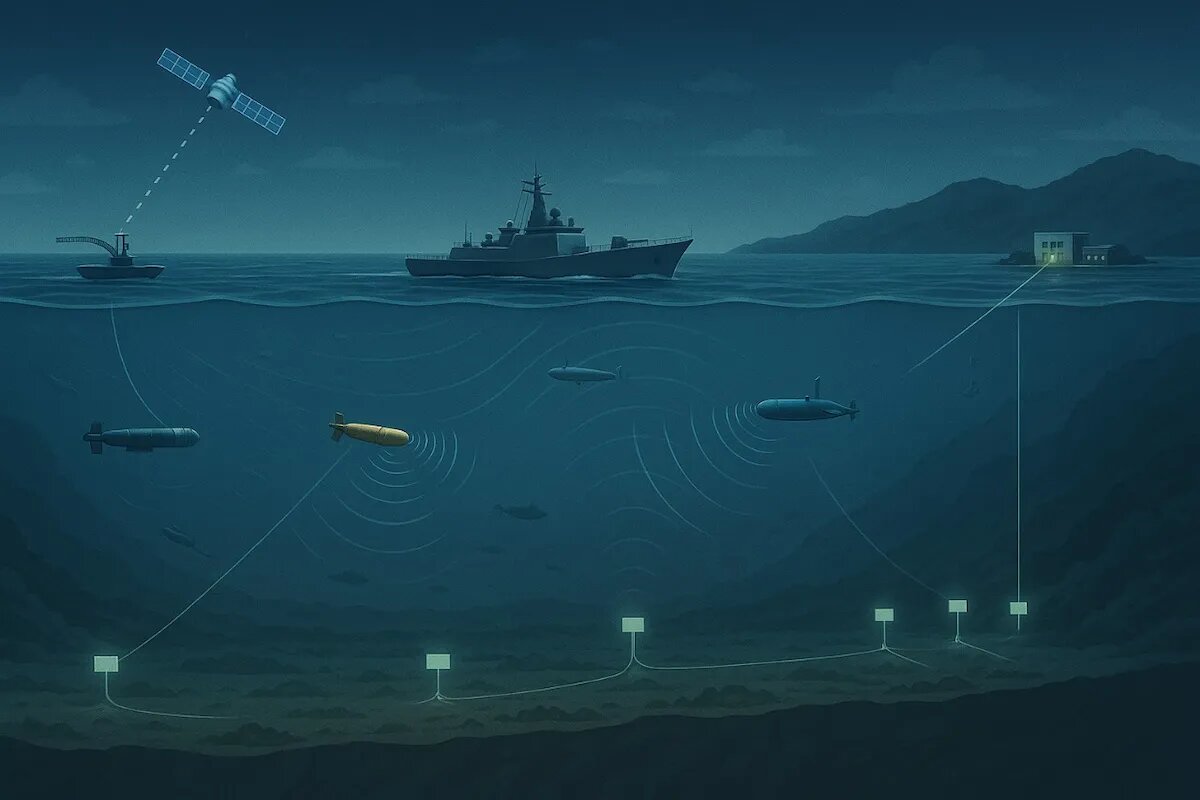PLA building five-layer seabed-to-space web to detect stealth subs, aiming to shift anti-sub warfare from reactive to predictive

China is racing to make the Western Pacific “transparent” to submarines—pitting its expanding seabed-to-space surveillance web against the stealthiest arm of US sea power.
This month, Defense One reported that China is rapidly advancing its “Transparent Ocean” system, a five-layer seabed-to-space sensor network designed to render the Western Pacific “transparent” to submarine activity. Led by the People’s Liberation Army (PLA), the system combines satellites, unmanned boats, underwater gliders, seabed sensors and a main data center to monitor and track submarines as they move.
The concept was demonstrated during Joint Sea-2025 exercises near Vladivostok, where Chinese and Russian forces conducted anti-submarine warfare drills, sharing hydro-meteorological and air-sea tracks to eliminate concealment for deep-diving submarines.
PLA theorists argue that traditional kill chains are vulnerable to disruption and advocate for a resilient “kill web” architecture that reroutes data and targeting paths instantly. The system’s backbone includes undersea cables and docking hubs, enabling unmanned vehicles to recharge and redeploy without surfacing.
Civil-military fusion efforts have accelerated development, with institutions like Zhejiang University and the China Academy of Sciences contributing to sensor integration and vehicle autonomy.
The strategy poses a deepening challenge to US and allied submarines, particularly in strategic chokepoints such as the South China Sea and Luzon Strait. The PLA’s expanding sensor net could complicate peacetime surveillance and necessitate counter-sensing and counter-unmanned underwater vessel (UUV) doctrines among allied navies.
